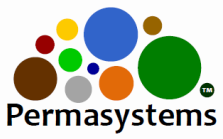|
Licensed and bonded - License #1105189
Copyright Permasystems Landscaping 2024 All rights reserved. Privacy Policy |
|
|
Licensed and bonded - License #1105189
Copyright Permasystems Landscaping 2024 All rights reserved. Privacy Policy |
|
